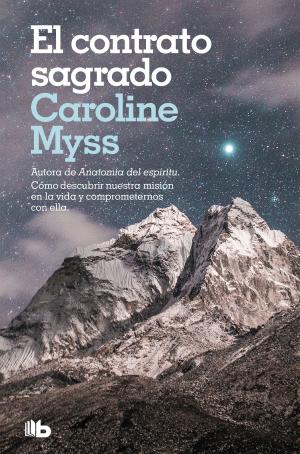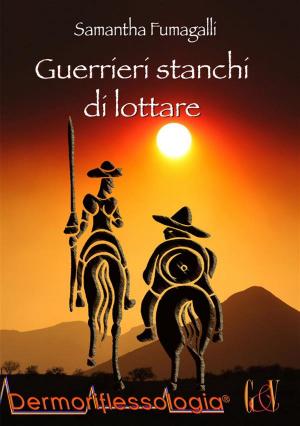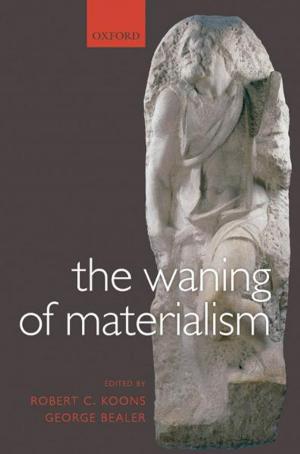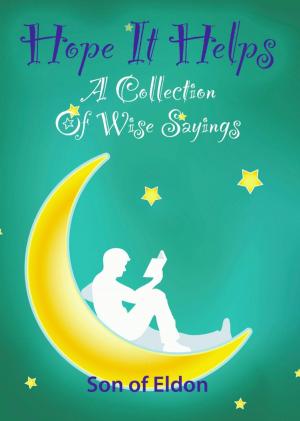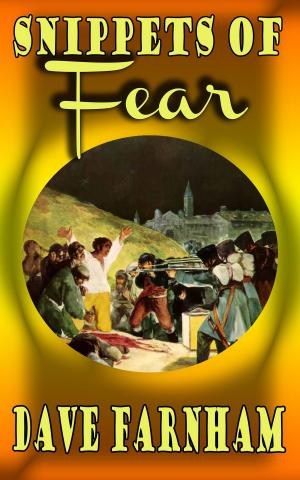The Message in the Tarot with Selections from the Sacred Writings
Nonfiction, Religion & Spirituality, New Age, Personal Transformation, Philosophy, Mind & Body| Author: | Jim Reiher | ISBN: | 9781310574580 |
| Publisher: | Jim Reiher | Publication: | May 5, 2016 |
| Imprint: | Smashwords Edition | Language: | English |
| Author: | Jim Reiher |
| ISBN: | 9781310574580 |
| Publisher: | Jim Reiher |
| Publication: | May 5, 2016 |
| Imprint: | Smashwords Edition |
| Language: | English |
Tarot cards have fascinated people since they first appeared in the Middle Ages. The images on the cards - especially the Major Arcana cards - captivate and inspire.
A Tarot deck is made up of 78 cards. 22 of them are the deeply spiritual ones - "The Major Arcana" cards. The other 56 evolved into our regular playing deck, (minus 4 cards lost in the process).
In "The Message in the Tarot", Jim Reiher explores the images of the Major Arcana cards. The symbols and pictures of each and every card do create different impressions and feelings in different people as they ponder them. That is natural enough. What might inspire one person might make another person nervous or worried. What makes one person smile might make another person somber. But the writer here shares his own impressions and reflections on the Major cards, and in so doing taps into his personal spiritual journey. It is a journey that will resonate in different places and in different ways, to each reader.
Jim takes the unusual method of "counting down" through the 22 Major Arcana cards. He gives a chapter to each of the 22 cards being considered, but he begins with number 21 and ends with 0. Each short chapter considers the image on the different cards, and then offers some quotations from the Sacred Writings that connect to the image on each card. The Sacred Writings are, for this writer, those he has grown up with and which he is most familiar with: the Jewish and Christian scriptures.
As the book moves from the World (card 21) all the way to the Fool (card 0) you will follow a line of discussion that flows naturally from the cards, one after the other. As they move very easily along, one after the other, you will see a consistent and overarching narrative discussed and explored. The great questions being posed by the writer include: how do we get past our own limitations and failings (card 16)? How can we find the peace that is seen in the face of the Hanged Man (card 12)? How can we experience the joy and strength of the woman in the Strength card (card 8)? How can we have a confidence as we face Death (card 13)?
The images on the cards invite us to consider such "big questions" of life and meaning. You may or may not agree with every reflection offered by the author, but you will certainly be provoked to think about the topics raised.
Tarot cards have fascinated people since they first appeared in the Middle Ages. The images on the cards - especially the Major Arcana cards - captivate and inspire.
A Tarot deck is made up of 78 cards. 22 of them are the deeply spiritual ones - "The Major Arcana" cards. The other 56 evolved into our regular playing deck, (minus 4 cards lost in the process).
In "The Message in the Tarot", Jim Reiher explores the images of the Major Arcana cards. The symbols and pictures of each and every card do create different impressions and feelings in different people as they ponder them. That is natural enough. What might inspire one person might make another person nervous or worried. What makes one person smile might make another person somber. But the writer here shares his own impressions and reflections on the Major cards, and in so doing taps into his personal spiritual journey. It is a journey that will resonate in different places and in different ways, to each reader.
Jim takes the unusual method of "counting down" through the 22 Major Arcana cards. He gives a chapter to each of the 22 cards being considered, but he begins with number 21 and ends with 0. Each short chapter considers the image on the different cards, and then offers some quotations from the Sacred Writings that connect to the image on each card. The Sacred Writings are, for this writer, those he has grown up with and which he is most familiar with: the Jewish and Christian scriptures.
As the book moves from the World (card 21) all the way to the Fool (card 0) you will follow a line of discussion that flows naturally from the cards, one after the other. As they move very easily along, one after the other, you will see a consistent and overarching narrative discussed and explored. The great questions being posed by the writer include: how do we get past our own limitations and failings (card 16)? How can we find the peace that is seen in the face of the Hanged Man (card 12)? How can we experience the joy and strength of the woman in the Strength card (card 8)? How can we have a confidence as we face Death (card 13)?
The images on the cards invite us to consider such "big questions" of life and meaning. You may or may not agree with every reflection offered by the author, but you will certainly be provoked to think about the topics raised.

